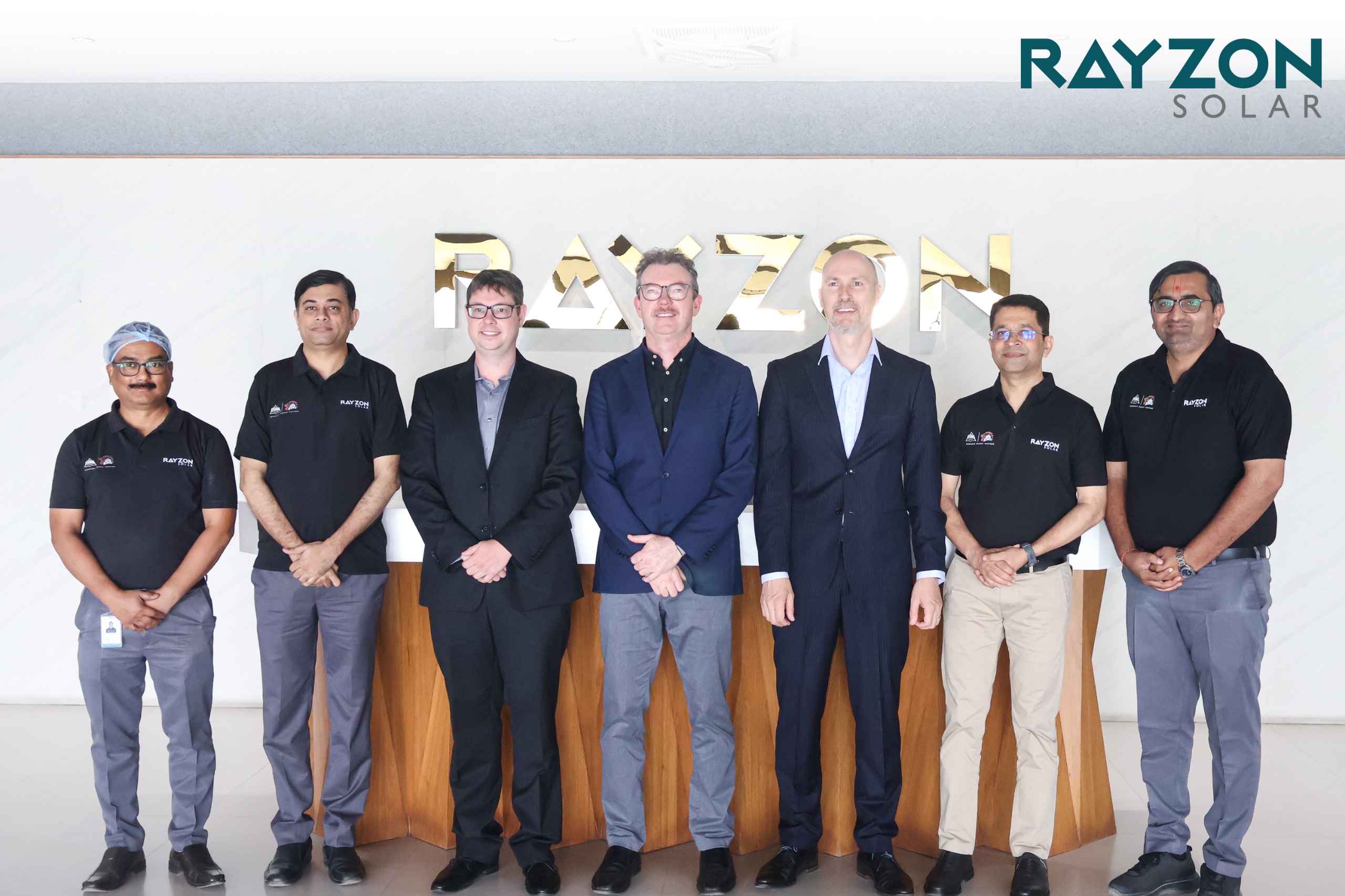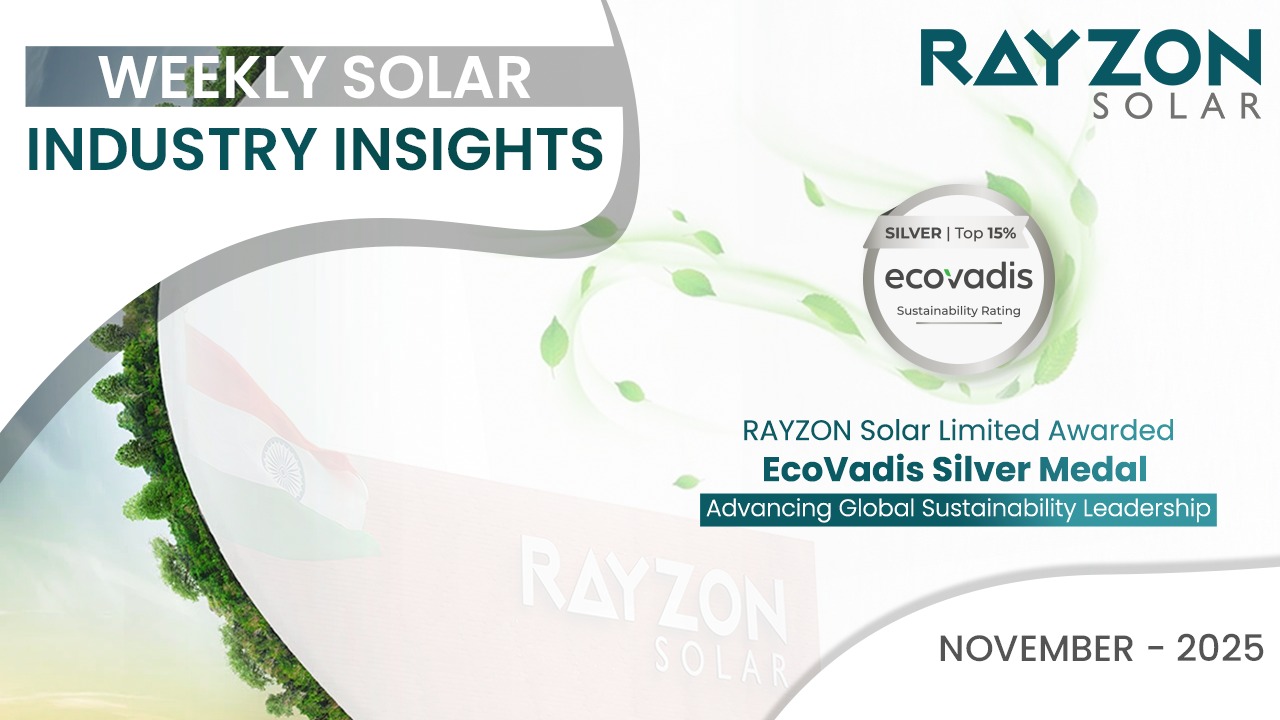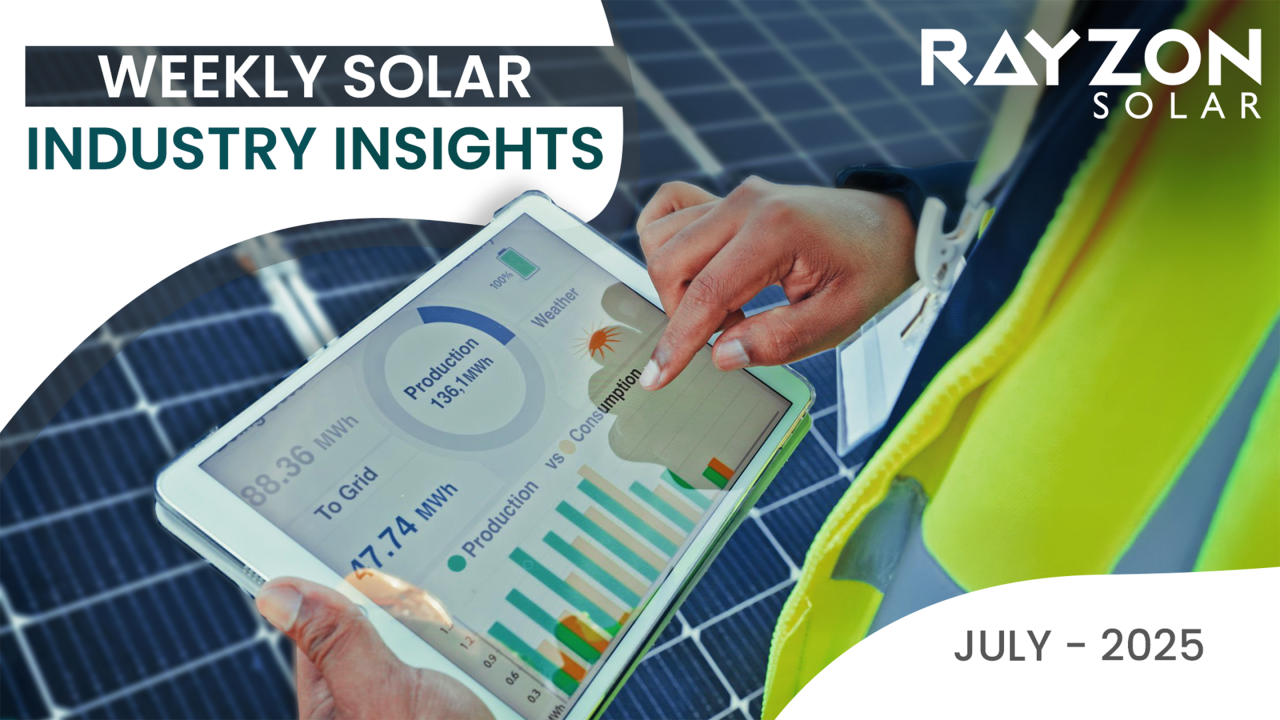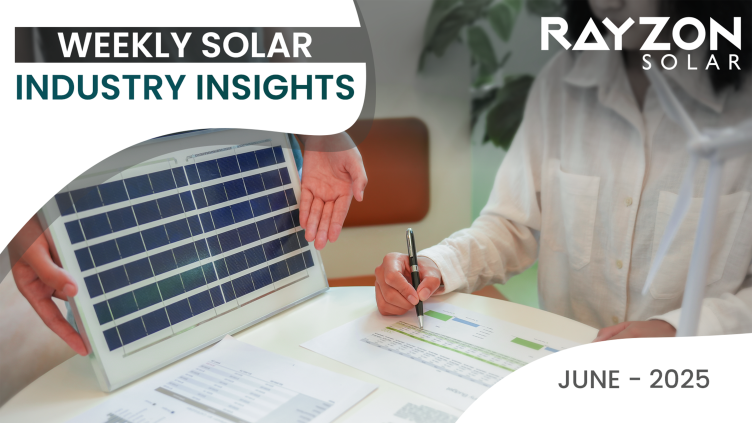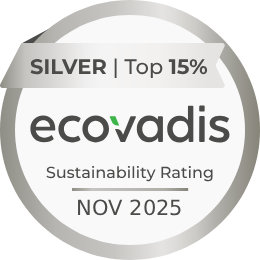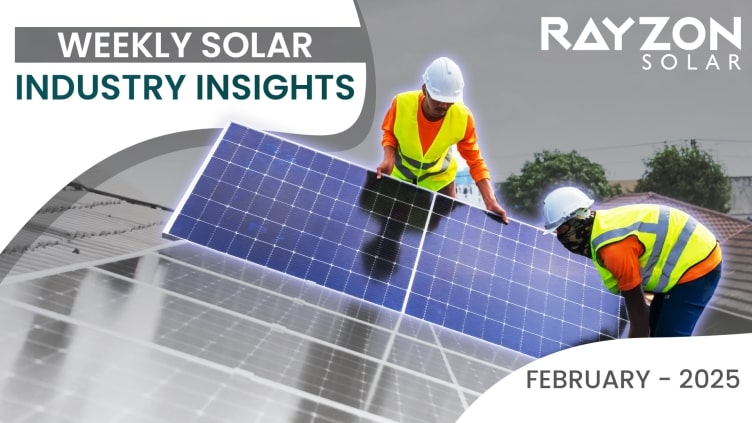
Weekly Solar Industry Insights: January 27th – February 2nd, 2025
U.S. Solar Installations Expected to Drop 30% in 2025
After a record-breaking 37 GW of new solar capacity added in 2024, the U.S. solar market is projected to decline by 30% in 2025, with the Energy Information Administration (EIA) forecasting 26 GW of installations. This slowdown is expected to continue in 2026, with only 22 GW predicted. Despite this reduction, solar will remain the leading source of new generation added to the grid in the next two years. However, EIA’s projections contrast with more optimistic forecasts from Wood Mackenzie and SEIA, which expect solar installations to surpass 43 GW annually in the same period. The EIA also forecasts increased renewable energy generation, leading to declining natural gas and coal usage.
Global Solar Module Prices Mixed Amid Differing Demand Outlooks
Global solar module prices experienced mixed trends due to varying demand conditions. In China, TOPCon module prices remained stable at $0.085/W FOB as high downstream inventories absorbed upstream cost pressures. Despite rising costs, producers expect prices to stabilize in early 2025, with some plants halting production during the Lunar New Year holidays. In Europe, prices for TOPCon modules dropped by 2%, driven by overcapacity and inventory build-up, while Eastern Europe’s solar PV sector is rapidly growing due to its flexible regulatory environment. In the U.S., TOPCon utility-scale module prices saw a slight increase of 0.35%, with future prices expected to decline slightly by 2026. Despite policy uncertainty under President Trump, the 30% ITC remains intact, with renewable project tax credits still in place.
Reducing Degradation in TOPCon Solar Cells via Copper Plating
Researchers from the University of New South Wales (UNSW) have developed a technique using a 1 µm copper (Cu) plating layer on the front silver grid of tunnel oxide passivated contact (TOPCon) solar cells to mitigate contaminant-induced degradation. Their study showed that this copper plating significantly reduces corrosion susceptibility, particularly in damp heat (DH) conditions, while improving device stability and contact resistivity. This method not only enhances reliability but also offers the potential to reduce silver usage and lower the levelized cost of energy (LCOE). The findings, published in Solar Energy Materials and Solar Cells, indicate that the Cu-plated cells demonstrated improved efficiency and reduced degradation compared to unprotected reference devices.
MNRE Sets Efficiency Standards for Solar Modules, Inverters, and Batteries
The Ministry of New and Renewable Energy (MNRE) has issued the "Solar Systems, Devices, and Components Goods Order, 2025," setting performance standards for solar modules, inverters, and storage batteries. Effective 180 days from publication, it requires all crystalline silicon and thin-film modules, inverters, and storage batteries to meet Bureau of Indian Standards (BIS) specifications and display the BIS 'standard mark.' Minimum efficiencies are set at 18% for monocrystalline and thin-film modules, and 17% for polycrystalline modules. Non-compliance will incur penalties under the Bureau of Indian Standards Act, 2016.
Kerala's Rooftop Solar Growth: A Model for India
Kerala has emerged as a leader in residential rooftop solar installations, achieving a 60.13% application-to-installation conversion rate, reflecting high implementation efficiency. As of October 10, 2024, the state has installed 152,000 rooftop solar systems totaling 946.9 MW, meeting 22% of its daytime energy demand. This success is attributed to innovative programs like the Soura initiative and the Solar City Project, which have enhanced consumer awareness and streamlined the adoption processes. These efforts have positioned Kerala as a model for other states in promoting rooftop solar energy.
Telangana's Renewable Energy Expansion Plans
Telangana aims to add 20 GW of renewable energy capacities by 2030, focusing on solar, wind, energy storage, and green hydrogen. The state plans to install 30.54 GW of renewable energy by 2030 and 47.06 GW by 2035. The policy includes incentives for decentralized projects, electric vehicle charging stations, and manufacturing plants. The Telangana Power Generation Corporation and Telangana Renewable Energy Development Corporation will oversee project implementation and coordination.
Information Source: PV Magazine, Mercom
